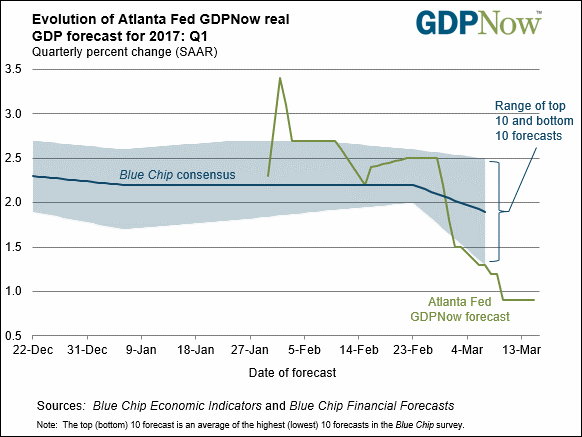The exit strategy of the Bank of Japan looks like a well-structured communication process:
Step 1: announce that the monetary strategy framework will be completely reshuffled
Step 2: let the markets digest by formulating new scenarios and expectations
Step 3: formulate a ‘comprehensive assessment’ that integrates the above market expectations. Objective: avoid dislocations
Step 4: reassess the ‘comprehensive assessment’: admit unachievable objectives, keep the current targets, observe the market reaction
Step 5: reassess the reassessment, concede other mistakes, reformulate the targets, observe the reaction of the markets
Step 6: continue to reassess along the market reaction.
The Financial Times digs into step 4. Please consider ‘Kuroda admits BoJ will not meet inflation target before term ends’:
“The Bank of Japan says it will not reach 2 per cent inflation before the end of Haruhiko Kuroda’s term as governor in a stark illustration of its struggle to escape the country’s entrenched deflation. Releasing its new economic forecasts, the BoJ said it now expected to hit its inflation target “around fiscal 2018”, the year starting from April 2018. Mr Kuroda’s fiveyear term ends that month.The new forecast signals the BoJ is willing to tolerate slower progress without adding more stimulus and raises questions about the continuity of policy, because it may be necessary to continue Mr Kuroda’s massive monetary stimulus even after he leaves office.” |
“By a majority vote of 72, the BoJ kept interest rates on hold at minus 0.1 per cent and said it would continue to cap 10year interest rates at 0 per cent. It plans to continue asset purchases at “more or less the current pace” of Y80tn ($760bn) a year.” |
Note the change of causality: in a normal (yet unconventional) forward guidance process, monetary policy would guide the markets and help promote some real objectives (inflation, growth, employment).
In this reverse forward guidance however, the markets force the central bank to reformulate its assessment, as the objectives remain out of reach. A kind of backward guidance.
We suggest:
– The objectives of the BoJ are out of reach. That was already the case before, as the markets finally figured out.
– Japanese UMPs have backfired: the BoJ has been forced to enter into a new communication and policy territory.
– As opposed to policy divergence, which was the name of the game earlier this year, we nicknamed this process systemic convergence.
– Expect it to continue, globally.
– As shown on the slide below, the next communication step could be the reassessment of the 0% cap on the 10Y JGB.
– This has nothing to do with any providential late cycle recovery
Source: investing.com
Jacques








